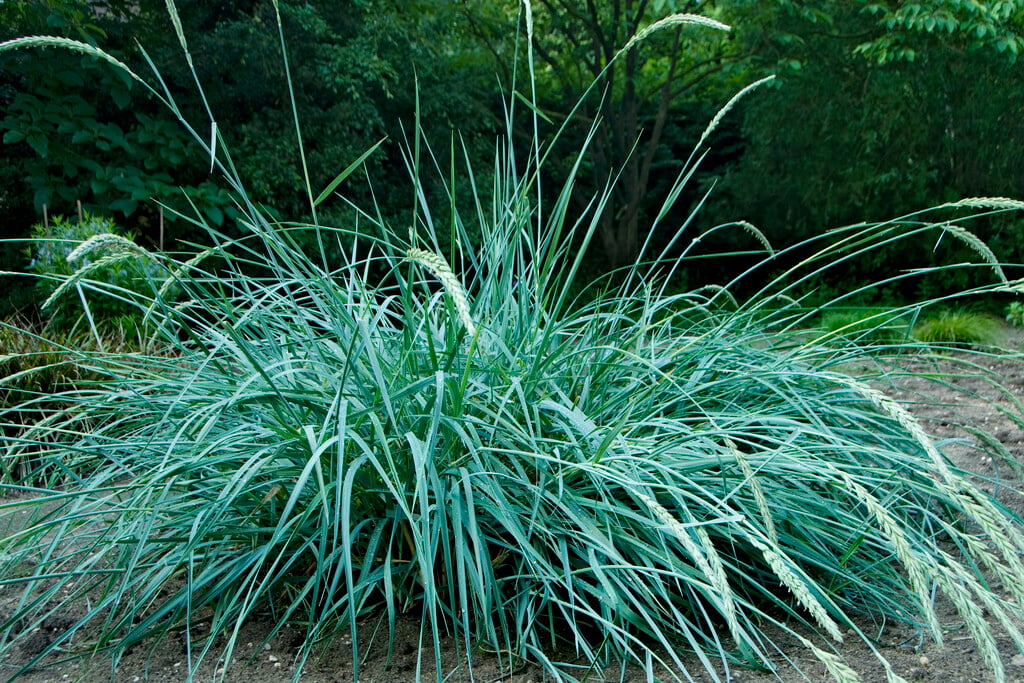Leymus arenarius
lyme grass
Densely tufted grass to 1.5m tall, with long rhizomes, forming loose, spreading clumps of arching, pale, blue-grey leaves about 60cm long. Produces stiff, upright stems bearing spike-like racemes 35cm long of blue-grey then buff spikelets throughout summer
Synonyms
Leymus arenarius 'Glaucus'Elymus arenarius
Size
Ultimate height
1–1.5 metresTime to ultimate height
5–10 yearsUltimate spread
Wider than 8 metresGrowing conditions
Moisture
Well–drainedpH
Acid, Alkaline, NeutralColour & scent
| Stem | Flower | Foliage | Fruit | |
| Spring | Blue Grey Silver | |||
|---|---|---|---|---|
| Summer | Blue Grey Silver Brown | Blue Grey Silver | ||
| Autumn | Blue Grey Silver | |||
| Winter | Blue Grey Silver |
Position
- Full sun
Aspect
South–facing or West–facing or East–facing
Exposure
Exposed or ShelteredDrought resistance
Yes Hardiness
H7Botanical details
- Family
- Poaceae
- Native to GB / Ireland
- Yes
- Foliage
- Evergreen or Semi evergreen
- Habit
- Clump forming, Tufted
- Genus
A genus of drought and salt-tolerant perennial grasses, found in Europe, Asia and the Americas, with long foliage in shades of silvery green, blue and grey
- Name status
Correct
- Plant range
- Europe
How to grow
Cultivation
Grow in any well-drained soil in full sun. Suited to coastal areas for stabilising sand dunes. Spread is indefinite so may be difficult to contain, so not suited to small gardens. See ornamental grasses cultivation
Propagation
Propagate by division from mid spring to early autumn
Suggested planting locations and garden types
- Coastal
- Wildlife gardens
- Wildflower meadow
- Prairie planting
- Banks and slopes
- Ground cover
Pruning
Cut down dead growth in autumn
Pests
Generally pest-free
Diseases
Generally disease-free
Love gardening
Sign up to receive regular gardening tips, inspiration, offers and more
View our Privacy Policy
Get involved
The Royal Horticultural Society is the UK’s leading gardening charity. We aim to enrich everyone’s life through plants, and make the UK a greener and more beautiful place.
